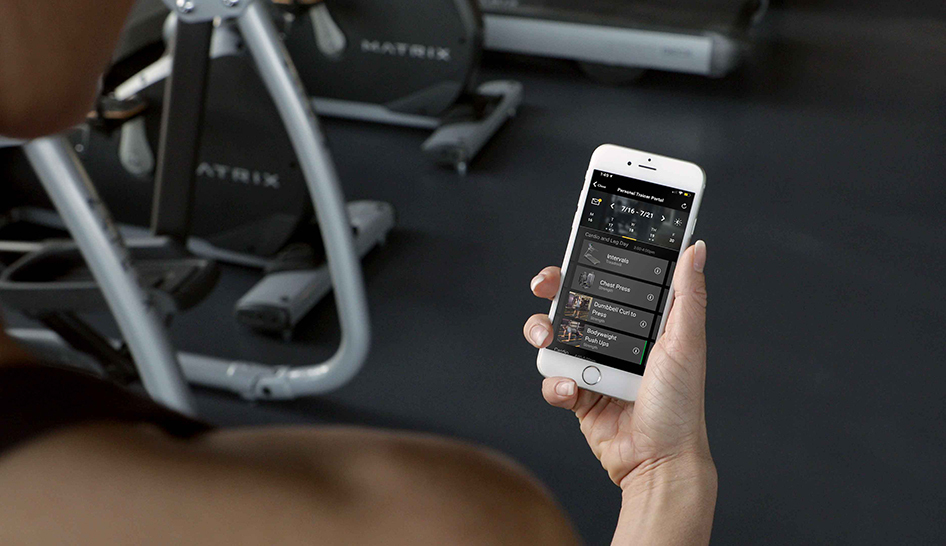There is no doubt that club operators have, to some degree, taken one or more of the steps outlined above. But one data point in the Studio Graphene survey speaks to a phenomenon that is truly driving digital transformation in the club business: 47% of respondents have successfully migrated their offering from in-person to online.
We’ve seen several technological advances that may be part of an overall digital transformation in the fitness industry, such as the growth of wearables and apps, but it’s the surge of virtual offerings that represents what might be the biggest driver of change. In fact, moving programming online to reach members beyond the club walls has proven to be a lifeline for many.
It’s worth noting that online fitness in a range of forms, including streaming classes from clubs and other competitors, represents a massive growth opportunity. Recent research from Global Market Insights, Inc., indicates that the market valuation for online fitness will exceed $30 billion by 2026.
“Necessity is the mother of invention. In the health club space, the rapidly increasing integration of digital and physical fitness experiences is table stakes for most brands today,” notes Bryan O’Rourke, president of the Fitness Industry Technology Council. “Why? Because customers expect it and, in the end, it is all about convenience. In the world of COVID-19, convenience includes feeling safe and well.”
It’s About Member Engagement
While digital transformation is rooted in technology adoption, its true driver in the club industry is member engagement.
“Although omni-channel trends—having members experience your brand wherever they are—were underway prior to COVID-19, engagement-related activities were greatly accelerated because of it,” says O’Rourke. “Many clubs have jumped on the bandwagon of streaming live and pre-recorded content, which has been a significant component of offering services outside of the four walls. Other brands have offered SMS or ‘text’ experiences for clients as well. These efforts are just the tip of the iceberg as it relates to what will emerge in the realm of experience from club operators today.”
Regardless of the digital tactics used, the point has been about using technology to bridge the connection gap when there is a lack of face-to-face contact with trainers and an absence of in-club time.
“Clubs that had a mobile app and had a platform to deliver virtual content were light-years ahead of everybody else,” says Eric Vahey, Connected Solutions Specialist at Matrix Fitness USA. “They were able to transition to virtual offerings almost effortlessly to quickly deliver functional workouts using their own trainers.”

